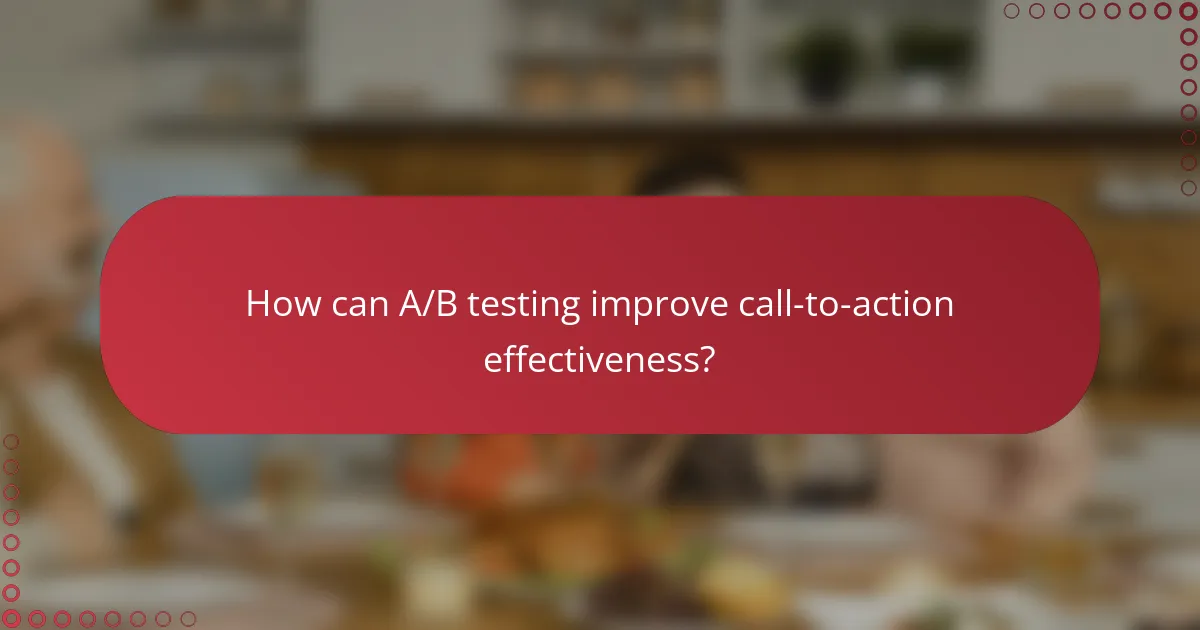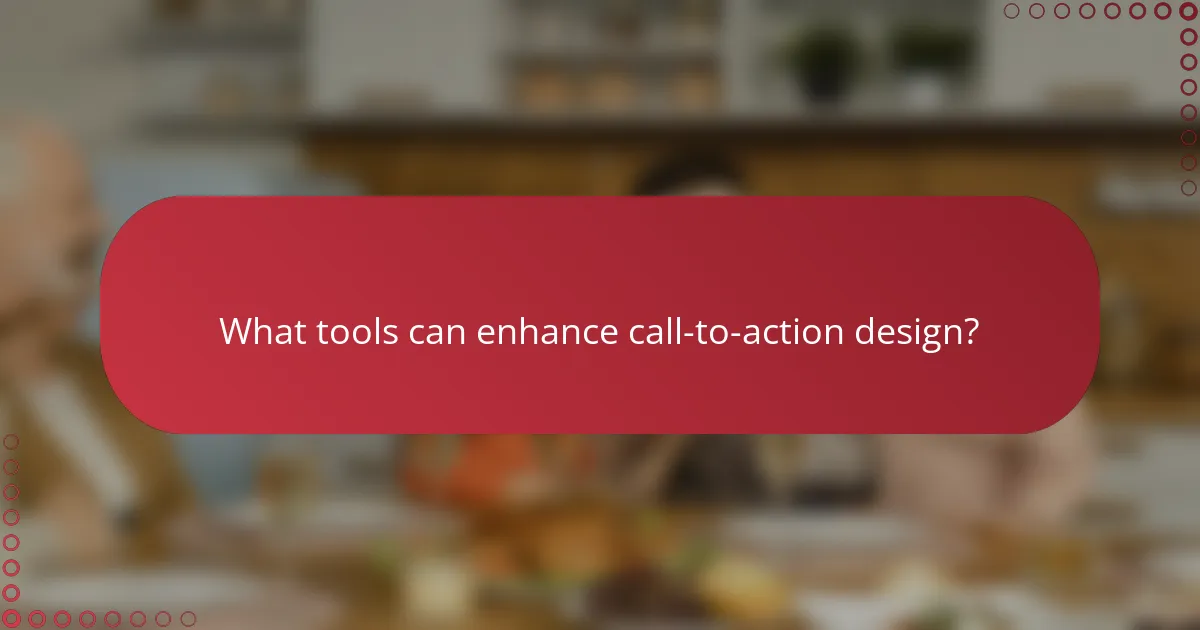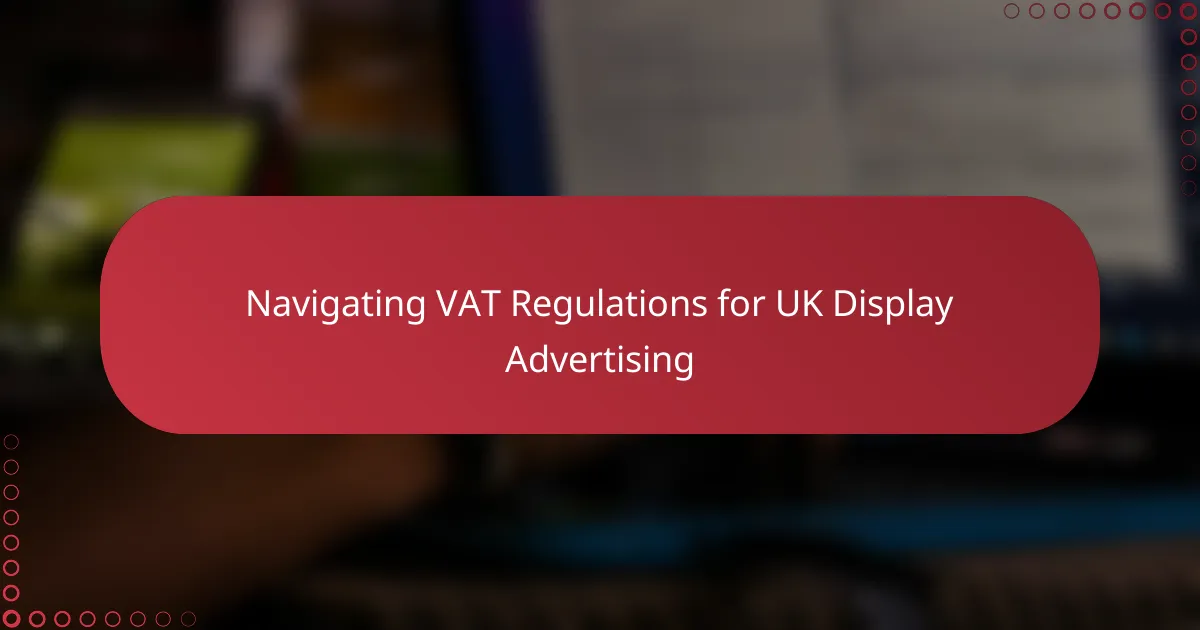Creating effective call-to-actions (CTAs) in UK marketing funnels is essential for driving potential customers towards desired actions. By focusing on clarity, strategic placement, and compelling language, marketers can significantly enhance conversion rates and guide users through the sales process.

What are the best practices for call-to-actions in UK marketing funnels?
Effective call-to-actions (CTAs) in UK marketing funnels are crucial for guiding potential customers towards desired actions. Best practices focus on clarity, strategic placement, compelling language, and a sense of urgency to enhance conversion rates.
Clear and concise messaging
CTAs should convey a straightforward message that clearly indicates what action the user should take. Use simple language that resonates with your target audience, avoiding jargon or overly complex phrases. For example, instead of “Submit your information,” consider “Get your free quote now.”
Keep the message brief, ideally under five words, to ensure it is easily digestible. A clear CTA reduces confusion and increases the likelihood of user engagement.
Strategic placement within the funnel
Positioning your CTAs effectively within the marketing funnel is essential for maximizing visibility and engagement. Place them at key points where users are most likely to make decisions, such as after informative content or during checkout processes.
Consider using multiple CTAs throughout the funnel, ensuring they are contextually relevant. For instance, a CTA for a newsletter signup can be effective after a blog post, while a “Buy Now” button should be prominent on product pages.
Use of action-oriented language
Action-oriented language encourages users to take immediate steps. Phrases like “Join today,” “Download now,” or “Start your free trial” create a sense of action and involvement. This type of language can significantly impact conversion rates.
Incorporate strong verbs and direct instructions to make the CTA compelling. Instead of saying “Learn more,” use “Discover your options” to create a more engaging prompt.
Incorporating urgency and scarcity
Creating a sense of urgency or scarcity can motivate users to act quickly. Phrases like “Limited time offer” or “Only a few left in stock” can prompt immediate responses, as customers may fear missing out on a valuable opportunity.
Consider using countdown timers for promotions or highlighting limited availability to enhance this effect. However, ensure that any claims about scarcity are genuine to maintain trust with your audience.

How can A/B testing improve call-to-action effectiveness?
A/B testing can significantly enhance call-to-action (CTA) effectiveness by allowing marketers to compare different versions of CTAs to see which performs better. This method involves changing one element at a time, such as wording or color, and measuring the impact on user engagement and conversion rates.
Identifying high-performing CTAs
To identify high-performing CTAs, start by testing variations in text, design, and placement. For example, you might experiment with phrases like “Get Started” versus “Join Now” to see which drives more clicks. Track metrics such as click-through rates and conversion rates to determine which version resonates best with your audience.
Consider using tools like Google Optimize or Optimizely to facilitate A/B testing. These platforms can help you set up experiments and analyze results efficiently, allowing you to make data-driven decisions about your CTAs.
Understanding audience preferences
Understanding audience preferences is crucial for crafting effective CTAs. Conduct surveys or analyze user behavior to gather insights on what motivates your target market. For instance, younger audiences may respond better to casual language, while professionals might prefer a more formal tone.
Additionally, segment your audience based on demographics or behavior to tailor CTAs more effectively. A/B testing can reveal which CTAs work best for different segments, helping you refine your approach and increase overall engagement.

What tools can enhance call-to-action design?
Several tools can significantly improve the design and effectiveness of call-to-action (CTA) elements in marketing funnels. These tools help create visually appealing CTAs, optimize landing pages, and test various designs to determine what works best for your audience.
Canva for visual design
Canva is a user-friendly graphic design tool that allows marketers to create eye-catching CTAs without needing advanced design skills. It offers a wide range of templates, fonts, and images that can be customized to fit your brand’s aesthetic.
When using Canva, focus on simplicity and clarity. Ensure that your CTA stands out by using contrasting colors and legible fonts. A good practice is to limit the text to a few impactful words, such as “Get Started” or “Join Now.”
Unbounce for landing pages
Unbounce is a powerful platform for creating dedicated landing pages that can house your CTAs. It provides drag-and-drop functionality, allowing marketers to design pages tailored to specific campaigns without needing coding knowledge.
When building landing pages with Unbounce, consider A/B testing different layouts and CTA placements to see which version yields the highest conversion rates. Aim for a clean design that highlights the CTA, ideally placing it above the fold for immediate visibility.
Google Optimize for testing
Google Optimize is a free tool that enables marketers to test different variations of their web pages, including CTAs. This platform allows you to run A/B tests to determine which designs or copy resonate most with your audience.
To effectively use Google Optimize, set clear goals for your tests, such as increasing click-through rates or conversions. Make sure to run tests for a sufficient duration to gather meaningful data, typically a few weeks, depending on your traffic levels.

What metrics should be tracked for call-to-action performance?
To effectively measure call-to-action (CTA) performance, focus on key metrics such as click-through rates, conversion rates, and engagement metrics. These indicators provide insights into how well your CTAs are resonating with your audience and driving desired actions.
Click-through rates
Click-through rates (CTR) measure the percentage of users who click on a CTA compared to the total number of users who view it. A higher CTR indicates that your CTA is compelling and relevant to your audience. Aim for a CTR of around 2-5% for effective CTAs, but this can vary based on the industry and target audience.
To improve CTR, consider A/B testing different CTA designs, placements, and wording. Use action-oriented language and ensure the CTA stands out visually on the page. Avoid clutter around the CTA to keep the focus on it.
Conversion rates
Conversion rates track the percentage of users who complete a desired action after clicking on a CTA, such as making a purchase or signing up for a newsletter. A strong conversion rate typically ranges from 1-3%, but this can differ based on the type of offer and the stage of the marketing funnel.
To enhance conversion rates, ensure that the landing page aligns with the CTA’s promise. Provide clear value propositions and minimize distractions. Consider using social proof, such as testimonials or reviews, to build trust and encourage conversions.
Engagement metrics
Engagement metrics, such as time spent on page, bounce rates, and interactions per visit, help assess how users are interacting with your content after clicking a CTA. High engagement often correlates with better conversion rates, as it indicates that users are finding value in your offerings.
Monitor these metrics to identify areas for improvement. For instance, if users quickly leave the landing page, it may indicate that the content is not meeting their expectations. Regularly update your content and CTAs based on user feedback and behavior to maintain engagement.

How does audience segmentation affect call-to-action strategies?
Audience segmentation significantly influences call-to-action (CTA) strategies by allowing marketers to tailor messages that resonate with specific groups. By understanding the unique needs and preferences of different segments, businesses can create more compelling CTAs that drive engagement and conversions.
Tailoring messages for different demographics
Demographic factors such as age, gender, and income level can shape how a CTA is perceived. For instance, a younger audience may respond better to bold, trendy language, while older demographics might prefer a more formal tone. Adjusting the CTA’s wording and design based on these demographics can enhance its effectiveness.
Consider using language that reflects the values and interests of each demographic group. For example, a CTA aimed at environmentally conscious consumers might emphasize sustainability, while one targeting tech-savvy individuals could highlight innovation. This targeted approach can lead to higher conversion rates.
Personalization based on user behavior
Personalizing CTAs based on user behavior involves analyzing how individuals interact with your content. For example, if a user frequently visits product pages but hasn’t made a purchase, a tailored CTA offering a discount might encourage them to complete the transaction. This approach leverages insights from user data to create a sense of urgency and relevance.
Utilize tools that track user interactions to segment audiences based on their behavior. Implementing dynamic CTAs that change according to user actions—such as showing different messages for first-time visitors versus returning customers—can significantly improve engagement rates. Always test different variations to find the most effective messaging for each segment.



